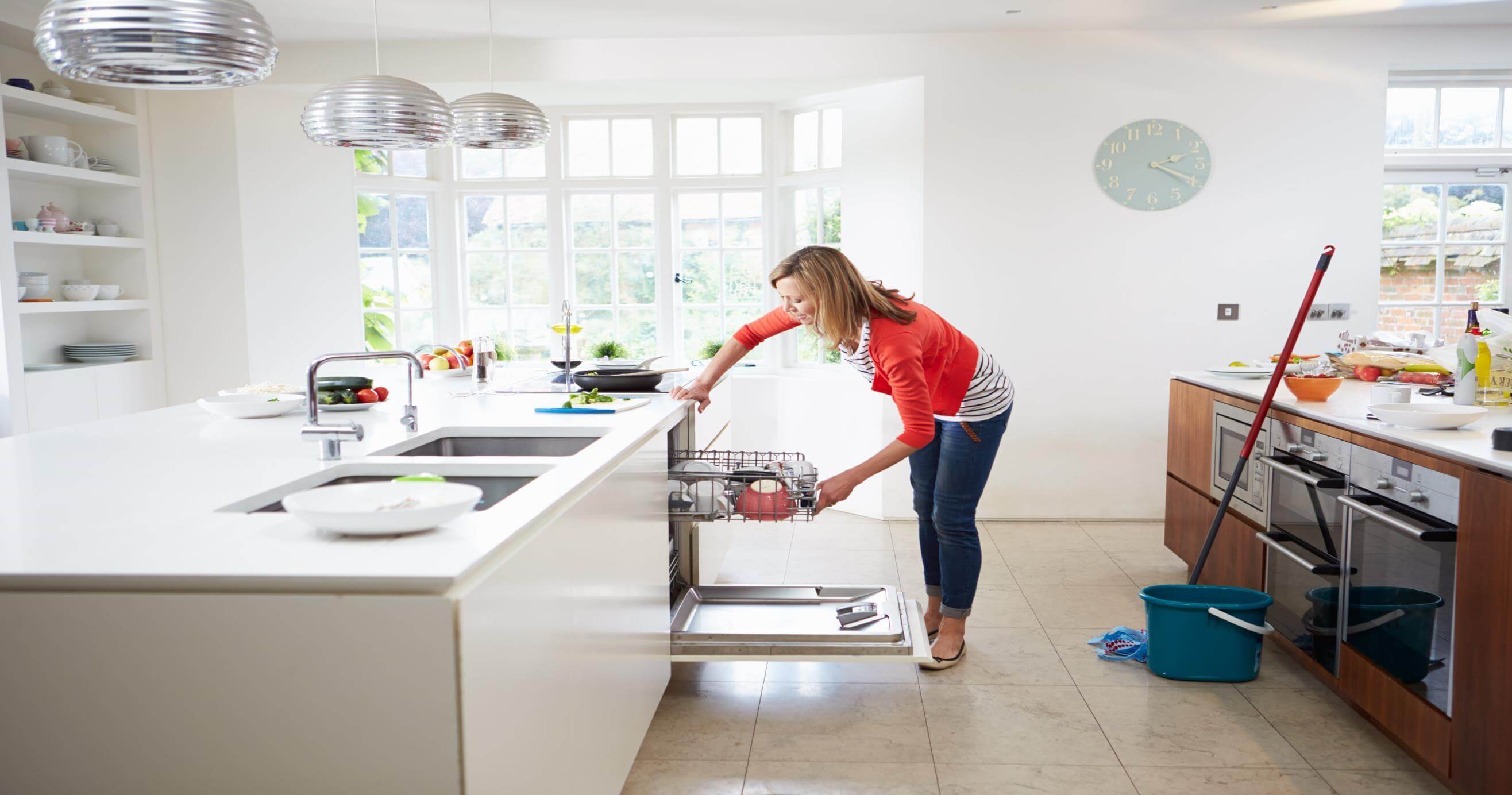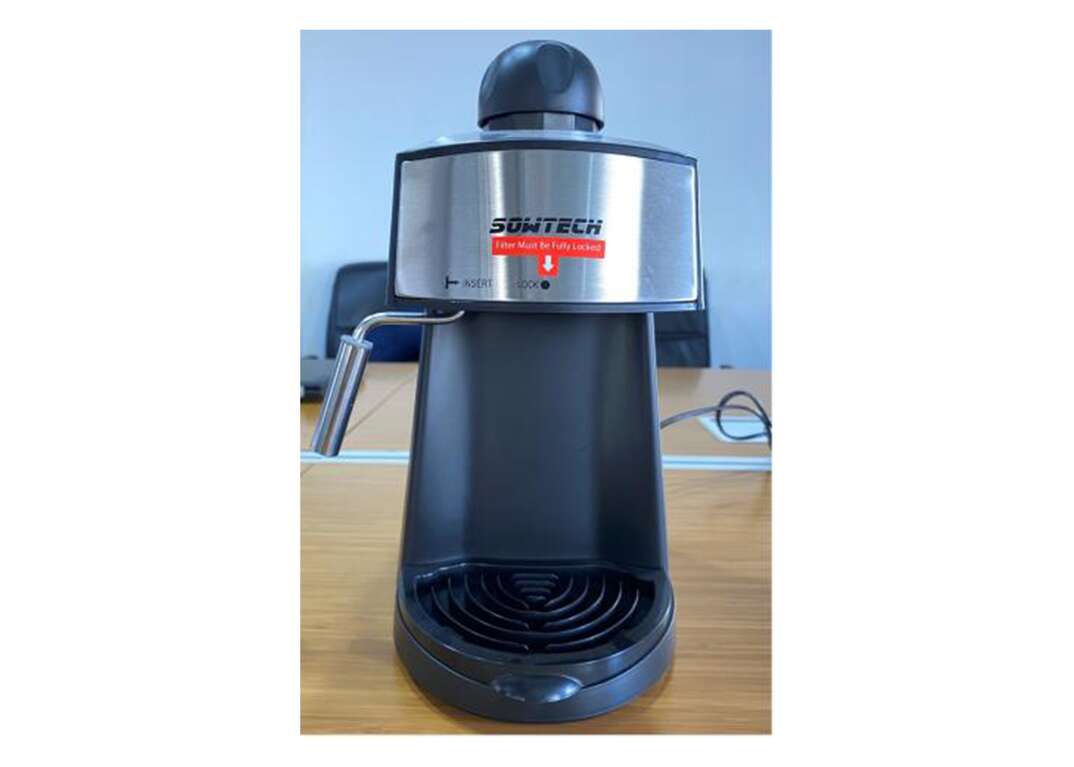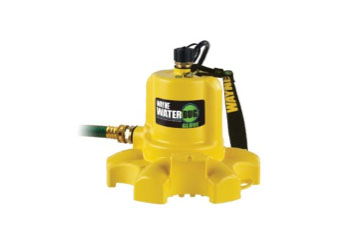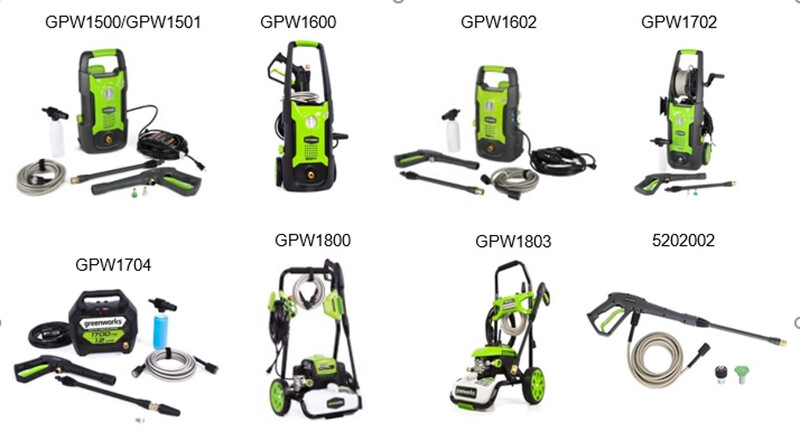Common Dishwasher problems and how to fix them

When you hear “dirty dishwasher,” you’re probably thinking about an appliance filled with yesterday’s dinner plates, cookware and cutlery. But a dirty dishwasher can also mean one that hasn’t been cleaned out in a while.
Wait — you actually have to clean a dishwasher? The appliance that does nothing but disinfect dishes all day?
Yep, that’s right! Regular cleaning is important for maintaining all of your appliances, even the dishwasher. Without regular upkeep, your appliance may start to turn out gross, still-dirty plates and glasses, give off a bad odor or even start to leak all over your kitchen floor.
These are fairly common dishwasher problems, and you can typically diagnose them yourself — although some dishwasher repairs require the help of a professional. With care and attention, most dishwashers are designed to last about 10 years, according to Consumer Reports.
Below are some tips on how to tackle the most common dishwasher problems. To ensure your safety, disconnect your appliance from its power source before troubleshooting.
Still-Dirty Dishes and Foul Odors
Load Carefully
Some dishwasher problems have to do with how you’re using the appliance. If you’re left with dirty dishes after a complete wash cycle, it might be a simple loading issue. Avoid overloading or inserting bulky items that prevent any of the spray arms from spinning freely. Failing to rinse off food residue and grease can also contribute to a smelly or still-dirty end result.
Clean the Appliance
If this is a persistent problem, you will need to clean the components of your dishwasher. First, remove and scrub down each spray arm to remove any debris or mineral buildup.
Then, clean out the filter. The removal process will vary slightly depending on whether your appliance has a manual filter or self-cleaning filter that functions like a garbage disposal, Bob Vila explains, but both types can be washed with hot, soapy water.
Water Spots and Mineral Residue
Try Rinse Aid
For dishes that come out clean but are speckled with water spots, use rinse aid during each wash cycle. This helps combat surface tension and prevent little droplets from sticking to the surface of each glass or dish, according to Wirecutter. It can be placed in the rinse aid dispenser next to the detergent compartment.
Use Water Softener
If you’re seeing white spots or powder, it’s probably not a dishwasher problem but rather your region’s hard water. Add water softener to the appropriate container inside the door to help prevent any mineral residue.
Failure to Dry the Dishes
Check the Heating Element
If your appliance is cleaning dishes but not drying them, there may be an issue with the heating elements. Use a multimeter to check the high-limit thermostat behind the access panel at the bottom of the appliance. When working correctly, these should reach a high temperature to evaporate the moisture, but will need to be replaced if broken.
Water Leaking Out
Examine the Door
There could be water overflowing onto the floor beneath your appliance for a few reasons. The first is an issue with the door seal.
Wipe down the dishwasher door gaskets to remove any residue that may be preventing a proper seal. If there are any worn areas, you can replace the gasket. Look to see if the door latch is holding the door closed. If this piece is broken, that will also need replacing.
Test the Inlet Valve
If the door isn’t the problem, it may be a leak from the water inlet valve which connects the appliance to your home’s water supply. Look for puddling around the valve and use a multimeter to check the continuity of the wires. If it’s leaking or the electrical components aren’t functioning correctly, you’ll need to get this piece replaced.
Check the Float Assembly
The float should be able to move up and down freely so it can tell the appliance when to stop filling with water. Remove any debris and make sure the float switch isn’t stuck in the down position.
Standing Water Inside
Examine the Drain Valve
If there’s water puddling at the bottom of the appliance and your dishwasher won’t drain, Family Handyman advises examining the drain hose and drain valve. You can disconnect the hose from the drain pump and blow through it to see if it’s clear or clogged, and use a multimeter to check the continuity of the valve
In addition to troubleshooting dishwasher problems as they come up, make sure you’re prepared before a major appliance repair issue arises. Find out how plans from HomeServe can help with the costs of covered repairs.




